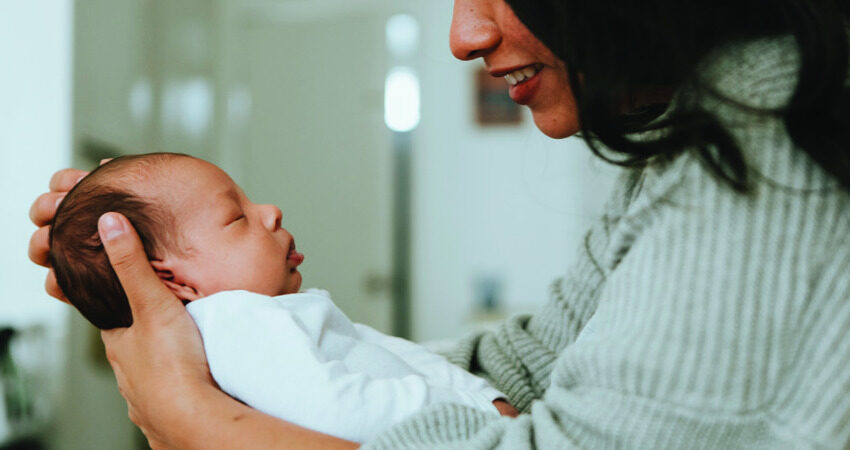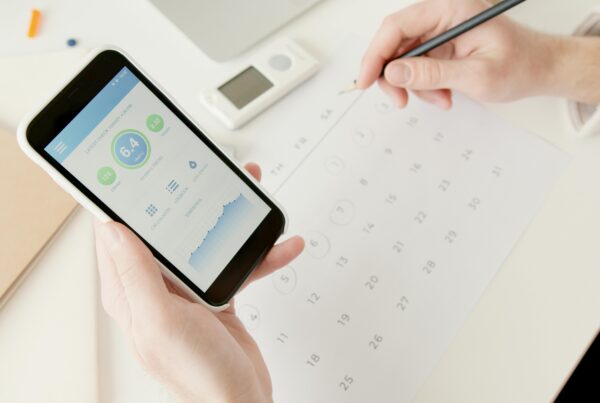In a groundbreaking advancement for pediatric healthcare, scientists have unveiled a revolutionary smart sensor designed to protect newborns from the potentially dangerous effects of painkiller overexposure. The innovative device, developed through a collaboration of biomedical engineers and neonatologists, promises to transform how hospitals monitor and manage pain medication in vulnerable infants.
The sensor, a small and non-invasive patch, continuously monitors levels of pain-relieving drugs in a baby’s system. Unlike traditional methods that rely on intermittent blood draws or estimations based on weight and age, this new technology offers real-time insights into how much medication the infant is actually absorbing. This enables clinicians to adjust dosages more accurately, minimizing the risk of overdose or adverse reactions.
Newborns, particularly those in neonatal intensive care units (NICUs), often require pain management for conditions ranging from post-surgical recovery to chronic illness. However, due to their underdeveloped organs and variable metabolism, they are especially susceptible to side effects from opioids and other analgesics. Overexposure can lead to respiratory depression, developmental issues, and even long-term dependency. The smart sensor aims to prevent such outcomes by offering a personalized approach to medication management.
Dr. Emily Chan, one of the lead researchers on the project, explained that the sensor works by detecting trace chemical markers through the skin, using a specialized material that interacts with the drug compounds. The data is then transmitted wirelessly to a monitoring system, where healthcare professionals can view trends and receive alerts if drug levels exceed safe thresholds.
Initial clinical trials have shown promising results, with improved safety profiles and reduced incidents of overmedication in participating NICUs. Parents of infants involved in the pilot programs have expressed relief and gratitude, noting that the technology provides both peace of mind and a higher standard of care.
While the sensor is currently tailored for hospital use, researchers are hopeful that future iterations could be adapted for at-home monitoring, particularly for infants with chronic conditions who require long-term pain management. The team is also exploring applications for other vulnerable populations, such as elderly patients and individuals with impaired liver function.
As regulatory approvals move forward, the smart sensor stands as a significant step toward safer, smarter, and more personalized pediatric care. Scientists and medical professionals alike are optimistic that this innovation will set a new benchmark in neonatal medicine, ultimately saving lives and improving outcomes for the tiniest patients.




